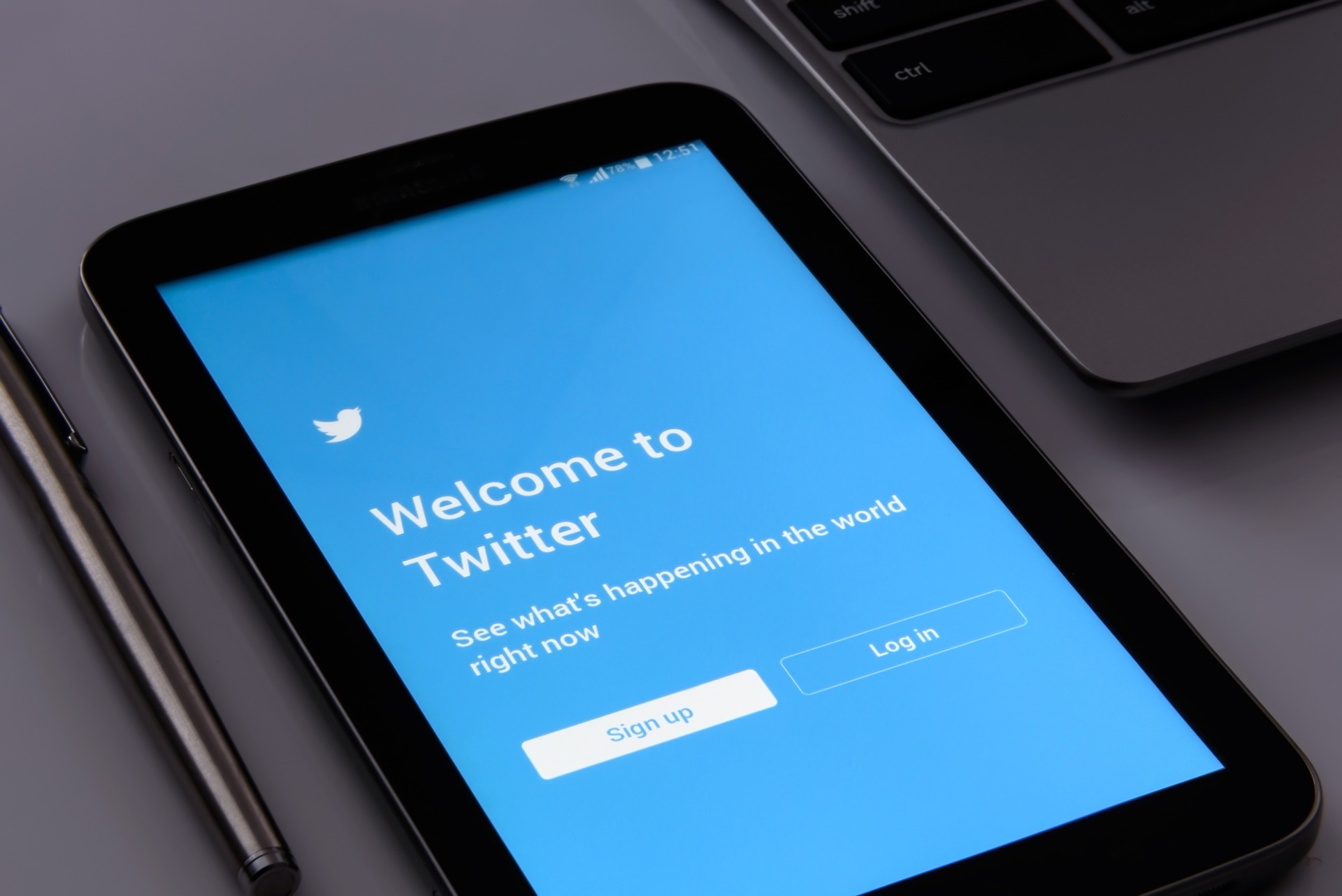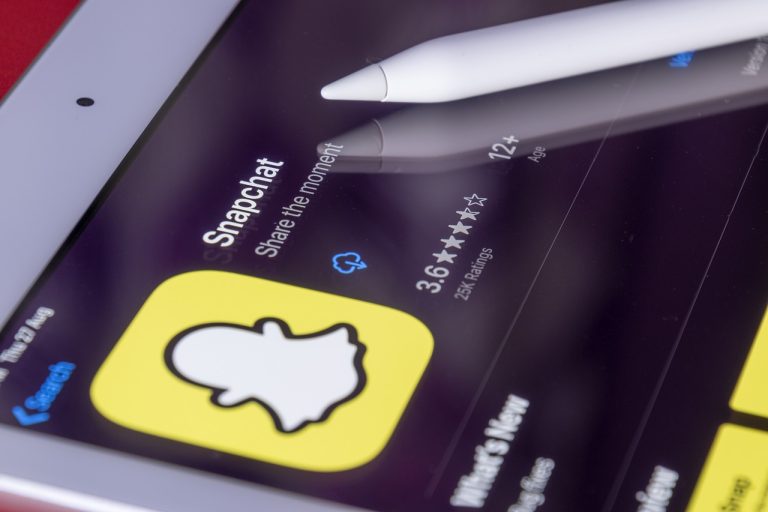How to Translate Tweets? Your Ultimate Guide

Twitter, with its concise and impactful nature, has revolutionized the way we communicate globally. The platform has empowered individuals, businesses, and even governments to share their thoughts and messages with the world in real-time. However, to truly harness the potential of this global stage, the need for translating tweets arises.
The Power of Twitter in the Global Landscape
Twitter’s influence extends far beyond borders. With more than 330 million monthly active users, it has become a hub for news, trends, and discussions that shape societies worldwide.
The Need for Translating Tweets
While English is widely used on Twitter, it is not the only language spoken by its users. By translating tweets, you can engage with non-English speakers, expanding your audience and creating meaningful connections across cultures.
Why Translate Tweets?
As a content creator or marketer, it’s crucial to understand the significance of translating tweets to unlock new opportunities and benefits.
Expanding Your Reach and Audience
Translating tweets allows you to connect with individuals who prefer consuming content in their native language. By breaking the language barrier, you can access untapped markets and demographics.
Building International Relationships
In the digital age, building relationships with a global audience is essential for businesses, organizations, and public figures. Translating tweets demonstrates your commitment to connecting with people from diverse backgrounds.
Increasing Engagement and Interactions
Multilingual tweets resonate more strongly with non-English speakers, leading to increased interactions, retweets, and likes. This engagement contributes to an active and thriving online community.
Challenges in Translating Tweets
While the benefits of translating tweets are evident, various challenges must be addressed to ensure effective and accurate translations.
Linguistic Nuances and Cultural Context
Languages have intricacies that automated translation tools may miss, leading to inaccurate or culturally inappropriate content.
Character Limitations
Twitter’s character limit poses a unique challenge for translations, as some languages require more characters to express the same message.
Real-Time Translation
Twitter’s fast-paced environment demands quick and real-time translations to keep up with trending topics and conversations.
Effective Methods for Translating Tweets
To overcome the challenges of translating tweets, different methods can be employed, each with its advantages and limitations.
Machine Translation: Pros and Cons
Machine translation offers speed and convenience but may lack accuracy and context, making it unsuitable for complex or sensitive content.
Human Translation: Emphasizing Accuracy and Quality
Human translators provide contextually accurate and culturally sensitive translations, ensuring high-quality content for your multilingual audience.
Hybrid Approaches: Striking a Balance
Combining machine translation for speed with human post-editing for accuracy can strike a balance between efficiency and quality.
Utilizing Twitter’s Translation Features
Twitter provides some built-in features to assist with tweet translations, allowing you to reach a broader audience.
Twitter’s Built-in Translation: Enabling Automatic Translations
Twitter’s automatic translation feature can be enabled to show tweet translations to users who speak different languages.
Promoted Tweets in Multiple Languages: Maximizing Visibility
For businesses running multilingual campaigns, promoting tweets in various languages can increase visibility and engagement.
Engaging Multilingual Audiences
To connect effectively with your multilingual audience, you must adapt your approach and content strategy accordingly.
Personalization: Tailoring Messages for Different Cultures
Understanding cultural nuances and tailoring content accordingly makes your tweets more relatable and engaging.
Using Visuals and Emojis: Universal Appeal
Visual content transcends language barriers and adds appeal to your tweets, helping you convey emotions and messages more effectively.
Hashtags and Keywords: Adapting to Regional Trends
Incorporating relevant hashtags and keywords in different languages ensures your tweets appear in relevant searches and discussions.
Maintaining Authenticity Across Translations
As you translate tweets, it’s crucial to maintain the authenticity and voice of your brand.
Cultural Sensitivity: Avoiding Pitfalls
Respecting cultural differences prevents miscommunication or offending your audience.
Localized Content: Resonating with Local Audiences
Adapting content to local customs and preferences enhances your engagement with diverse communities.
Twitter Translation Tools and Services
Various tools and services are available to assist with tweet translations and content localization.
Third-Party Translation Services: An Overview
Professional translation services can ensure high-quality and accurate translations.
Translation Management Systems (TMS): Streamlining the Process
Using TMS can streamline the translation process and ensure consistency across all translated content.
Measuring Success and Engagement
To gauge the effectiveness of your multilingual strategy, it’s essential to monitor and analyze performance metrics.
Analytics and Metrics: Evaluating Performance
Tracking metrics such as engagement, impressions, and follower growth helps you measure the impact of your translated tweets.
Adapting Strategies: Continuous Improvement
Using data-driven insights, you can make informed decisions and refine your multilingual content strategy over time.
Best Practices for Translating Tweets
To optimize your translation efforts, follow these best practices for multilingual engagement.
Pre-Planning and Content Strategy: Setting the Foundation
A well-thought-out content strategy lays the groundwork for effective tweet translations.
Consistency and Tone: Creating a Cohesive Brand Image
Maintaining consistency in tone and voice across all translations reinforces your brand identity.
Monitoring and Responding: Nurturing Your Multilingual Community
Engaging with your multilingual community, responding to comments and messages, fosters a strong and loyal following.
Embracing multilingual engagement through translating tweets is a powerful way to break barriers, connect with diverse audiences, and foster meaningful relationships. By recognizing the challenges and implementing effective strategies, you can make your mark on the global Twitter stage.
FAQs
1. Can I use automated translation tools for tweets?
While automated translation tools are convenient, they may not capture the nuances and cultural context required for accurate translations. For important content, it’s recommended to use human translation or a hybrid approach.
2. How do I enable Twitter’s automatic translation feature?
You can enable Twitter’s automatic translation feature in your account settings. Go to “Settings and Privacy,” then “Accessibility,” and enable “Tweet Translation.”
3. What’s the best way to personalize tweets for different cultures?
To personalize tweets, research the cultural preferences and sensitivities of your target audience. Tailor your content to resonate with their interests and values.
4. Are emojis universally understood in all cultures?
Emojis have a universal appeal and can convey emotions across language barriers. However, it’s essential to consider cultural interpretations and avoid using emojis that may be misinterpreted.
5. How do I measure the success of translated tweets?
Track metrics such as engagement, retweets, mentions, and follower growth for each translated tweet. Analyzing these metrics will help you assess the impact of your multilingual strategy.






